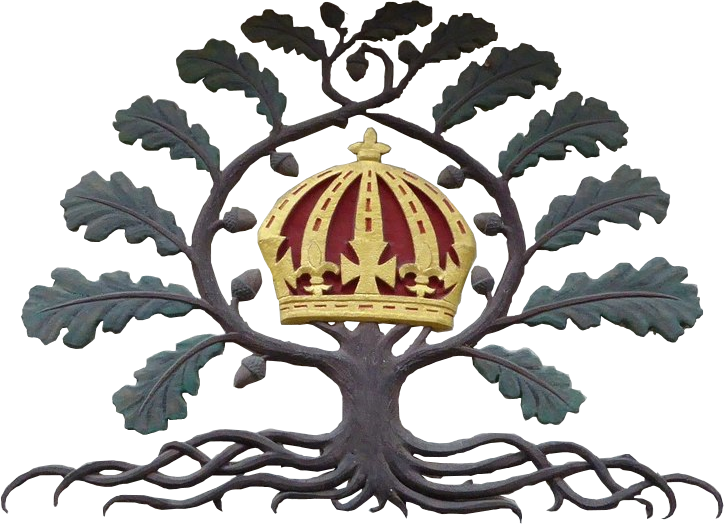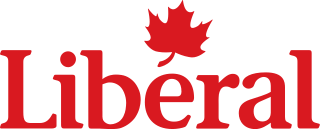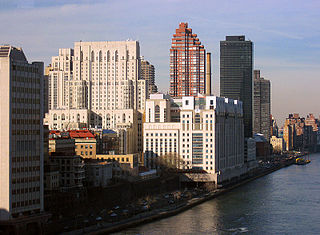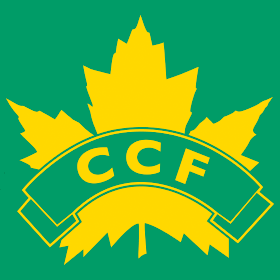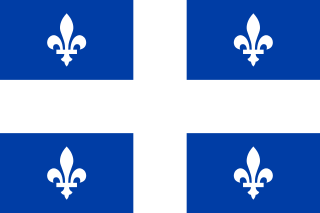
John George Diefenbaker was the 13th prime minister of Canada, serving from June 21, 1957 to April 22, 1963. He was the only Progressive Conservative party leader after 1930 and before 1979 to lead the party to an election victory, doing so three times, although only once with a majority of seats in the House of Commons of Canada.
The New Democratic Party of British Columbia is a social-democratic provincial political party in British Columbia, Canada, which currently governs the province, and previously governed from 1972 to 1975, and then again from 1991 to 2001. Following the 2017 provincial election in British Columbia, the party formed a minority government via a confidence and supply agreement with the British Columbia Green Party, following the defeat of Christy Clark's British Columbia Liberal Party government by a confidence vote in the legislature.
The Canadian social credit movement is a Canadian political movement originally based on the Social Credit theory of Major C. H. Douglas. Its supporters were colloquially known as Socreds in English and créditistes in French. It gained popularity and its own political party in the 1930s, as a result of the Great Depression.

The Ontario New Democratic Party is a social-democratic political party in Ontario, Canada. The Ontario NDP, led by Andrea Horwath since March 2009, currently forms the Official Opposition in Ontario following the 2018 general election. It is a provincial section of the federal New Democratic Party. It was formed in October 1961 from the Co-operative Commonwealth Federation and the Ontario Federation of Labour (OFL).

The Canadian federal election of 1957 was held June 10, 1957, to select the 265 members of the House of Commons of Canada. In one of the great upsets in Canadian political history, the Progressive Conservative Party, led by John Diefenbaker, brought an end to 22 years of Liberal rule, as the Tories were able to form a minority government.

The Canadian federal election of 1968 was held on June 25, 1968, to elect members of the House of Commons of Canada of the 28th Parliament of Canada. The Liberal Party won a majority government under its new leader, Prime Minister Pierre Trudeau.

The Canadian federal election of 1980 was held on February 18, 1980, to elect members of the House of Commons of Canada of the 32nd Parliament of Canada. It was called when the minority Progressive Conservative government led by Prime Minister Joe Clark was defeated in the Commons.
Robert Norman Thompson was a Canadian politician, chiropractor, and educator. He was born in Duluth, Minnesota, to Canadian parents and moved to Canada in 1918 with his family. Raised in Alberta, he graduated from the Palmer School of Chiropractic in 1939 and worked as a chiropractor and then as a teacher before serving in the Royal Canadian Air Force during World War II.

The Canadian federal election of 1979 was held on May 22, 1979, to elect members of the House of Commons of Canada of the 31st Parliament of Canada. It resulted in the defeat of the Liberal Party of Canada after 11 years in power under Prime Minister Pierre Trudeau. Joe Clark led the Progressive Conservative Party to power, but with only a minority of seats in the House of Commons. The Liberals, however, did beat the Progressive Conservatives in the overall popular vote by more than 400,000 votes.

The Canadian federal election of 1974 was held on July 8, 1974, to elect members of the House of Commons of Canada of the 30th Parliament of Canada. The governing Liberal Party was reelected, going from a minority to a majority government, and gave Prime Minister Pierre Trudeau his third term. The Progressive Conservatives, led by Robert Stanfield, did well in the Atlantic provinces, and in the West, but the Liberal support in Ontario and Quebec ensured a majority Liberal government.

During the history of Canadian politics, eleven minority governments have been elected at the federal level. There have also been two minority governments resulting from governments being replaced between elections, for a total of thirteen federal minority governments in twelve separate minority parliaments. There have been historical cases where the governing party had fewer than half of the seats but had the support of independents who called themselves members of the party; these cases are not included, as there was never any serious chance of the government falling.

The Canadian federal election of 1958 was the 24th general election in Canada's history. It was held to elect members of the House of Commons of Canada of the 24th Parliament of Canada on March 31, 1958, just nine months after the 23rd election. It transformed Prime Minister John Diefenbaker's minority into the largest majority government in Canadian history and the second largest percentage of the popular vote. Although the Tories would surpass their 1958-seat total in the 1984 election, the 1958 result remains unmatched both in terms of percentage of seats (78.5%) and the size of the Government majority over all opposition parties. Voter turnout was 79.4%.

The Canadian federal election of 1962 was held on June 18, 1962 to elect members of the House of Commons of Canada of the 25th Parliament of Canada. When the election was called, Progressive Conservative (PC) Prime Minister John Diefenbaker had governed for four years with the then-largest majority in the House of Commons in Canadian history.

The Canadian federal election of 1965 was held on November 8 to elect members of the House of Commons of Canada of the 27th Parliament of Canada. The Liberal Party of Prime Minister Lester B. Pearson was re-elected with a larger number of seats in the House. Although the Liberals lost a small share of the popular vote, they were able to win more seats, but fell just short of having a majority.
Robert Warren (Bob) Mackenzie was a politician in Ontario, Canada. He was a New Democratic Party member of the Legislative Assembly of Ontario from 1975 to 1995, and a prominent cabinet minister in the government of Bob Rae.

The 39th Canadian federal election was held on January 23, 2006.
The New Democratic Party is a social democratic federal political party in Canada. The party was founded in 1961 out of the merger of the Co-operative Commonwealth Federation (CCF) with the Canadian Labour Congress (CLC). The party sits to the left of the Liberal Party of Canada within the Canadian political spectrum. The leader of the federal NDP is Jagmeet Singh, who won the 2017 leadership election.
This article covers the history of the New Democratic Party of Canada.








